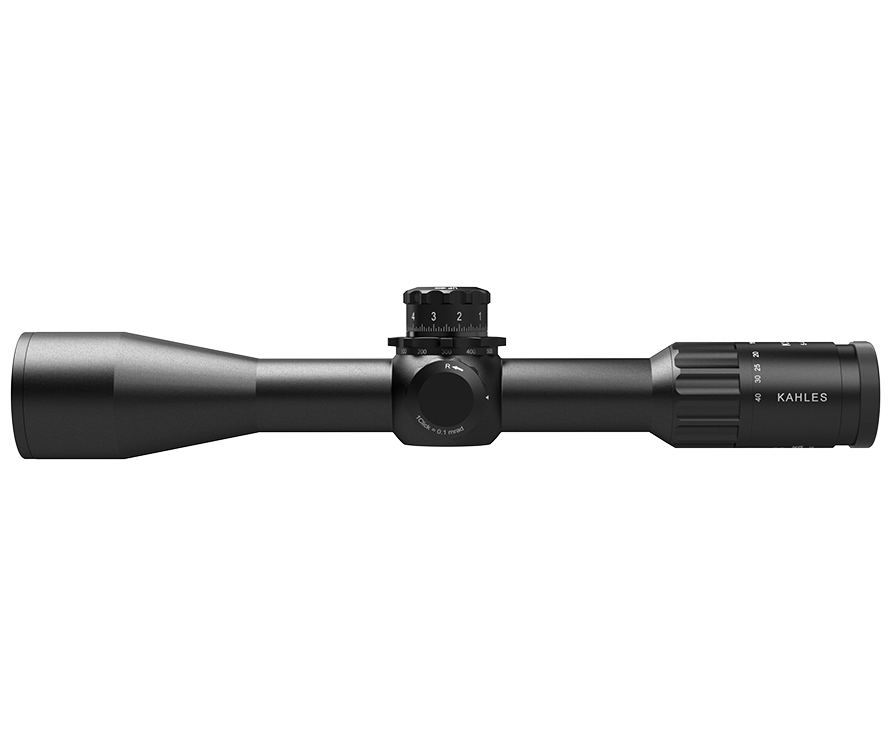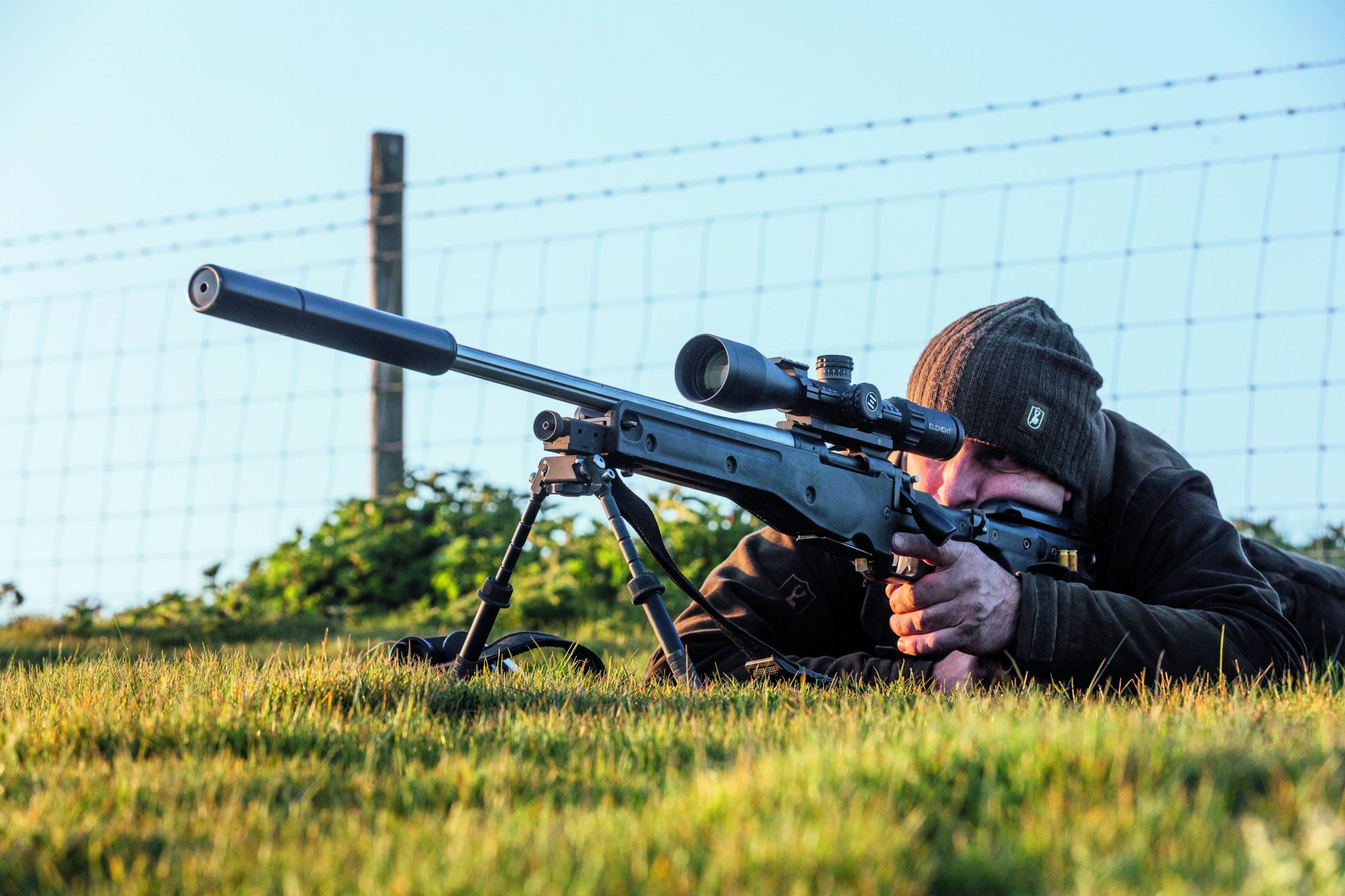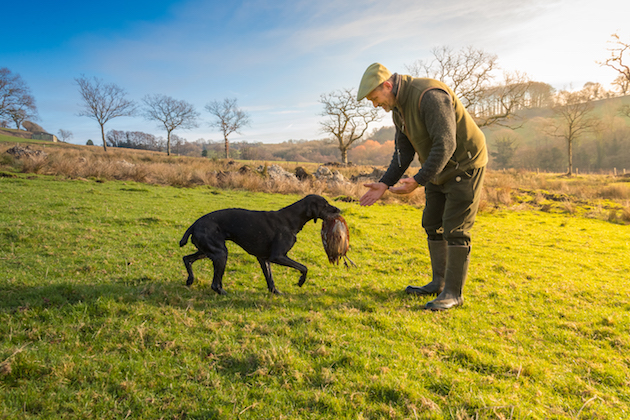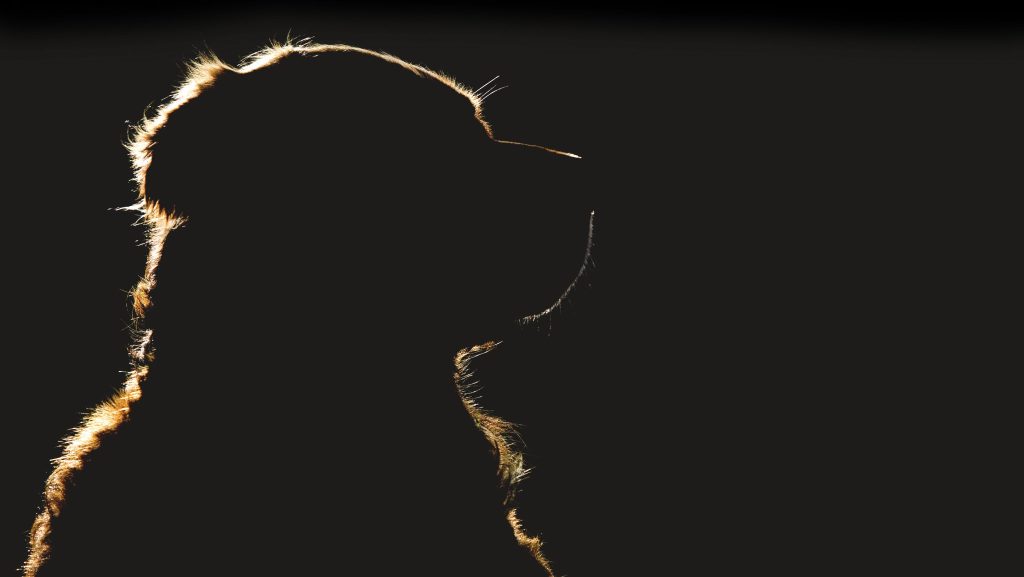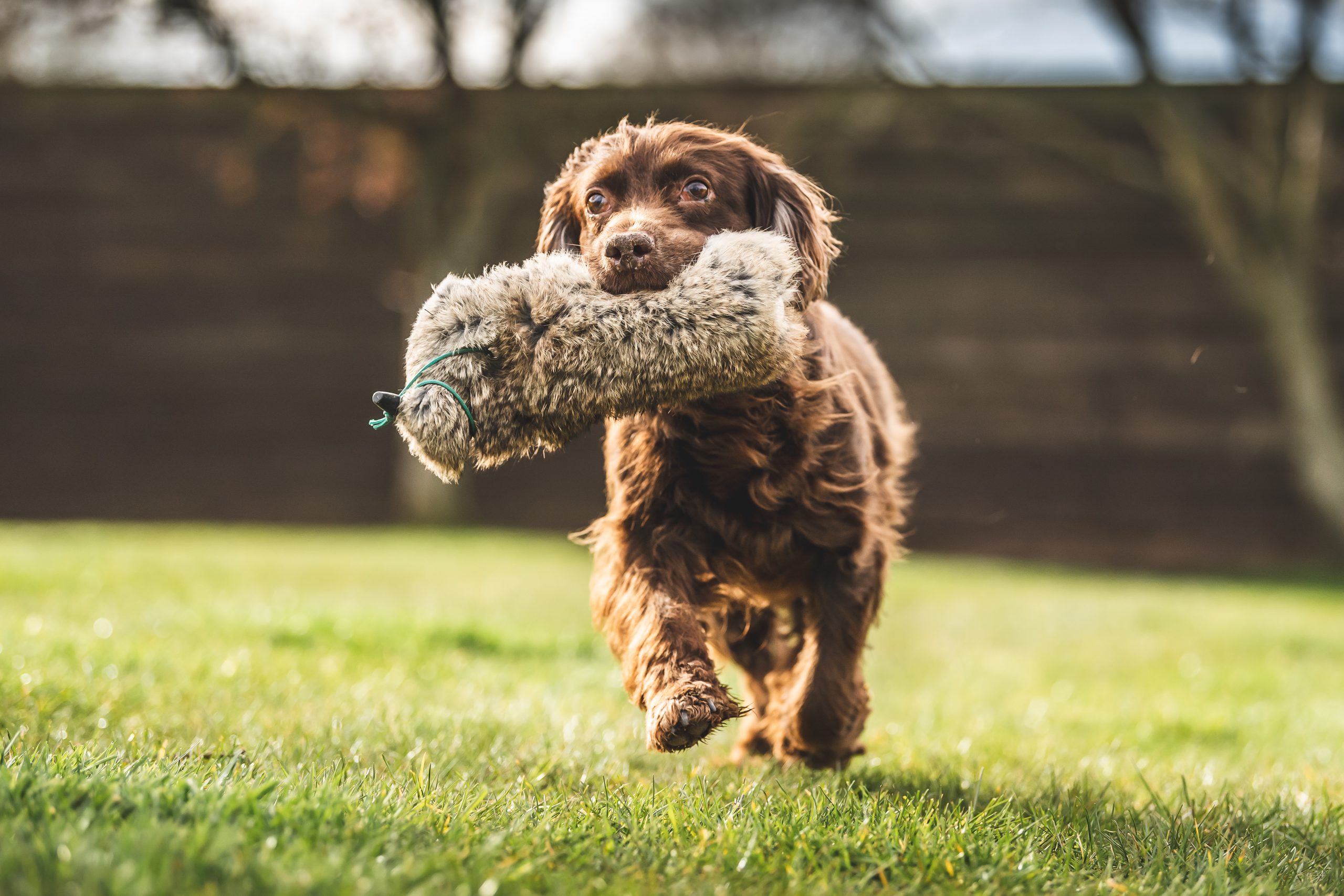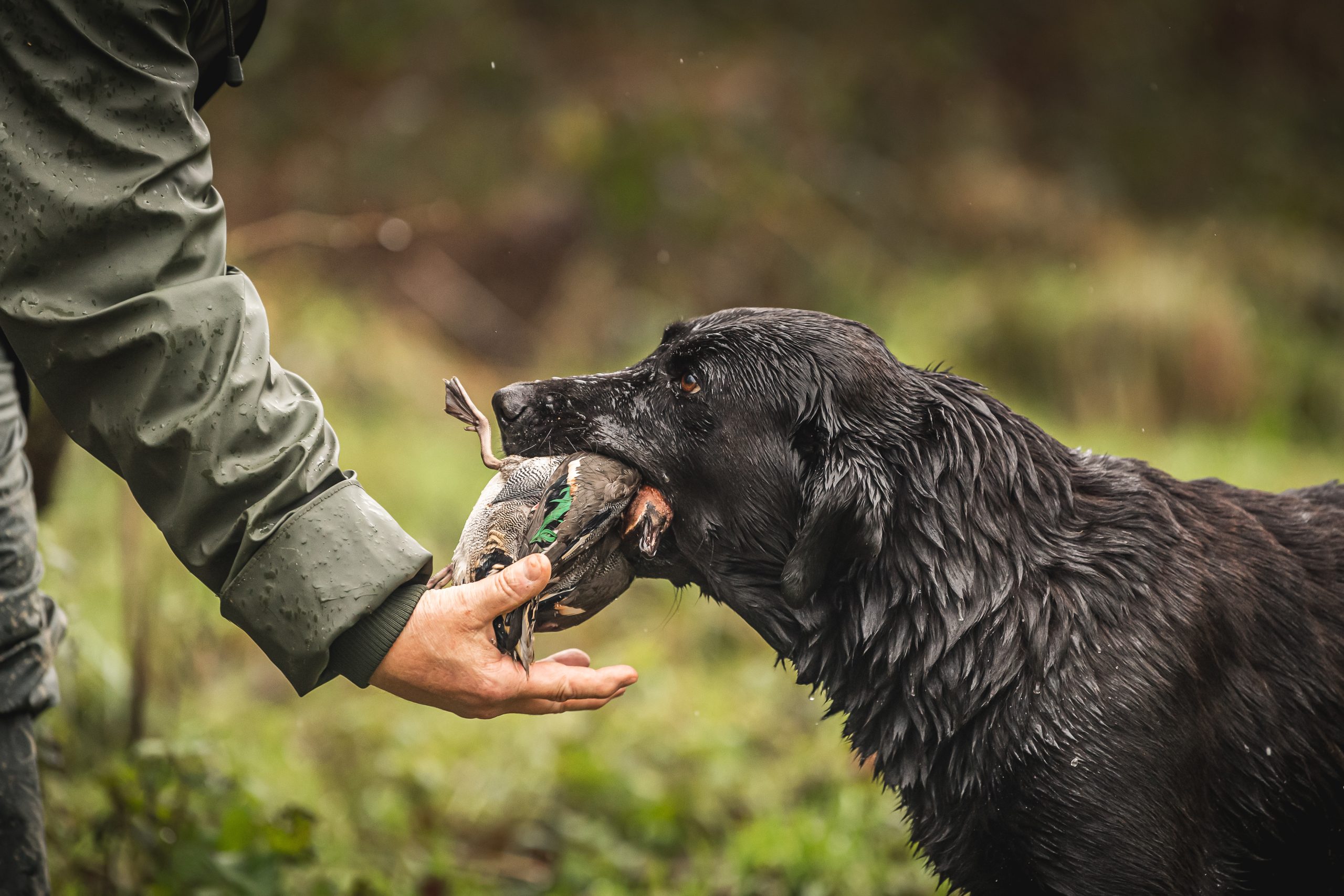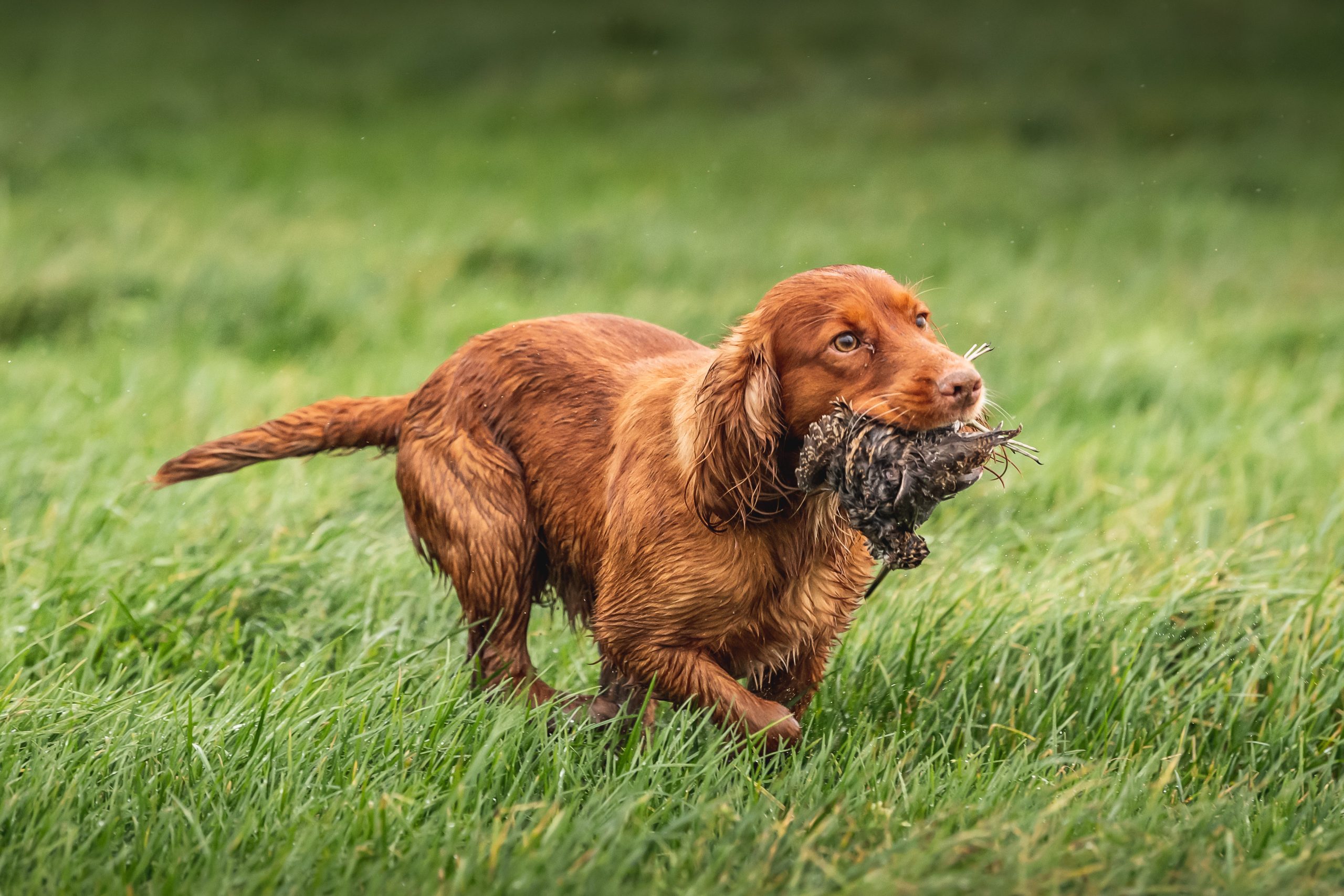Gundog news
Gundogs
How to start training an HPR breed
<strong>Some traditionalists dismiss HPRs as unnecessary for British shooting, but David Tomlison finds out why owners of these dogs so passionately disagree</strong>
Would you like to speak to our readers? We offer sponsored articles and advertising to put you in front of our audience. Find out more.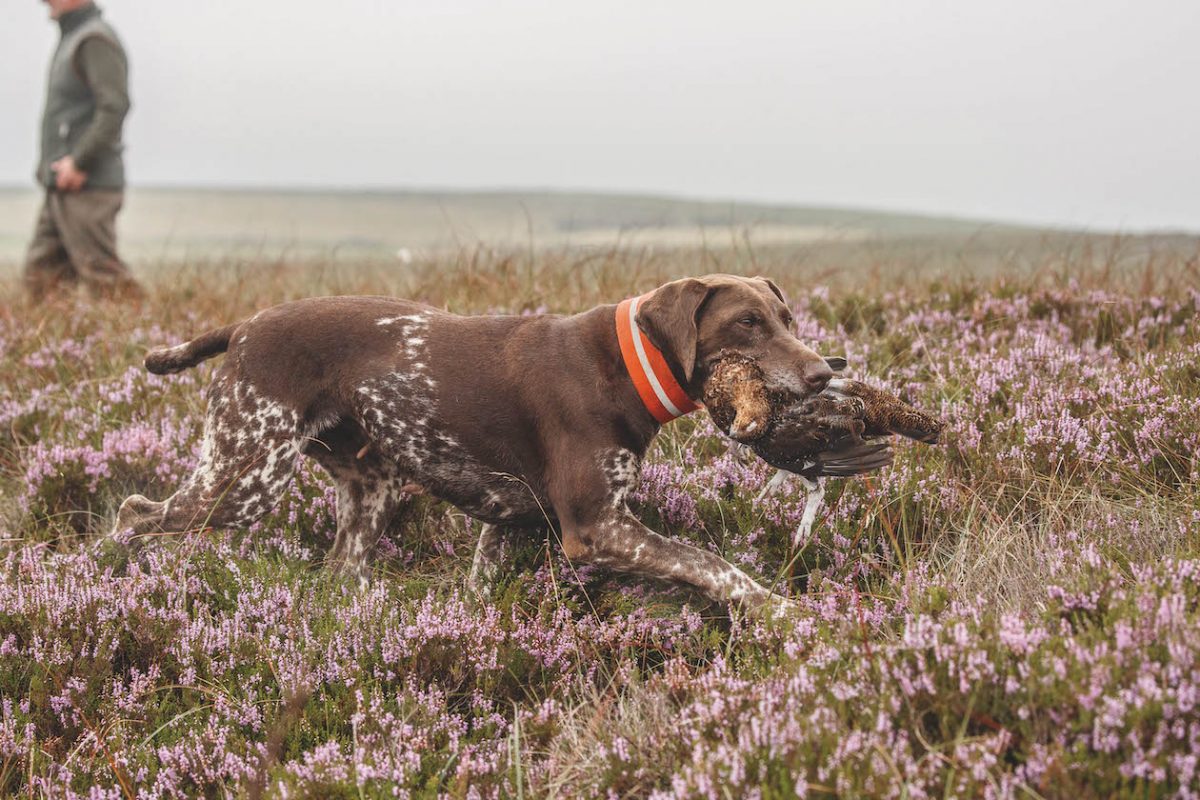
Q: I have taken on an eight-month-old German shorthaired pointer (GSP) bitch from a couple who could no longer keep her. She has a good working pedigree but has been brought up as a pet. As a rough shooter I have always had labradors and have been wondering if I have done a wise thing taking on a hunt, point and retrieve (HPR) breed. I would be interested in your thoughts on training an HPR breed. (Read which is the best HPR breed?)
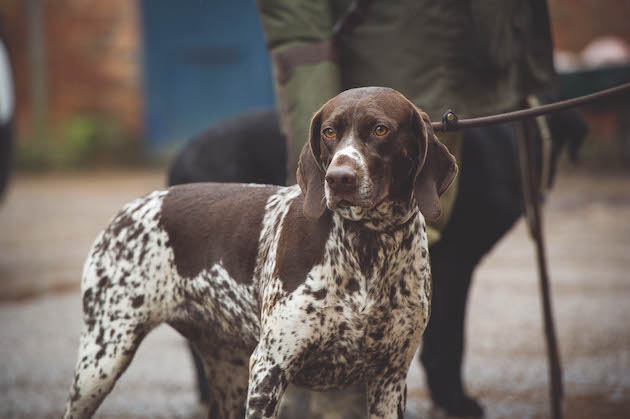
German Shorthaired Pointer
Training an HPR breed
The GSP has been the most numerous HPR in the UK for a good few years now, so you will see plenty of them around. But what are they like to train? (Read this indepth profile of German shorthaired pointers.)
Remember an HPR, a GSP has a brain that’s very different from a purely retrieving breed.
If the bitch has a good working pedigree and has been well brought up, even though she has been in a pet home so far, she should still be a relatively clean slate for you to start working with. She has the breeding to become a good working dog for you but she will be very different compared with a Labrador, for example. (You might find it useful to read can a working gundog also be a family pet?) They are versatile and suitable for both land and water work.
I am a fan of German shorthaired pointers (GSP) and only recently saw a mature bitch working at a peg and doing a great job. It was that owner’s first GSP but he said he would certainly have another.
Take specialist advice
You should forget a lot of what you have based your labrador training on and take some specialist advice from experienced GSP people. They do say that GSPs have an independent streak and can take time to mature, so you will have to be patient.

A faithful companion out stalking
Contact the German Shorthaired Pointer Club, which has a network of regional branches. The advisers there should be able to give you all the help and advice you need to get your training off to a good start.
As with all young gundogs of any breed, it’s how you deal with them in the early stages of training that influences what you achieve later, so take advice as soon as you can rather than muddle through and make mistakes that may be difficult to put right.
This article was originally published in 2014 and has been updated.
Related articles
Gundogs
Saying goodbye to a gundog
It’s the most difficult of subjects but here Tom Jones faces up to the sad reality of losing a beloved gundog and realises just how much they give us.
By Time Well Spent
Gundogs
How to curb nerves on your first working test
What can gundog handlers learn from sport psychology? Novice handler Emily Cartigny tries to curb the nerves in her first working test.
By Time Well Spent
Manage Consent
To provide the best experiences, we use technologies like cookies to store and/or access device information. Consenting to these technologies will allow us to process data such as browsing behavior or unique IDs on this site. Not consenting or withdrawing consent, may adversely affect certain features and functions.
Functional Always active
The technical storage or access is strictly necessary for the legitimate purpose of enabling the use of a specific service explicitly requested by the subscriber or user, or for the sole purpose of carrying out the transmission of a communication over an electronic communications network.
Preferences
The technical storage or access is necessary for the legitimate purpose of storing preferences that are not requested by the subscriber or user.
Statistics
The technical storage or access that is used exclusively for statistical purposes.
The technical storage or access that is used exclusively for anonymous statistical purposes. Without a subpoena, voluntary compliance on the part of your Internet Service Provider, or additional records from a third party, information stored or retrieved for this purpose alone cannot usually be used to identify you.
Marketing
The technical storage or access is required to create user profiles to send advertising, or to track the user on a website or across several websites for similar marketing purposes.


